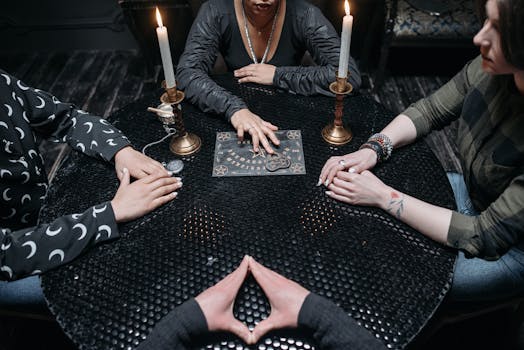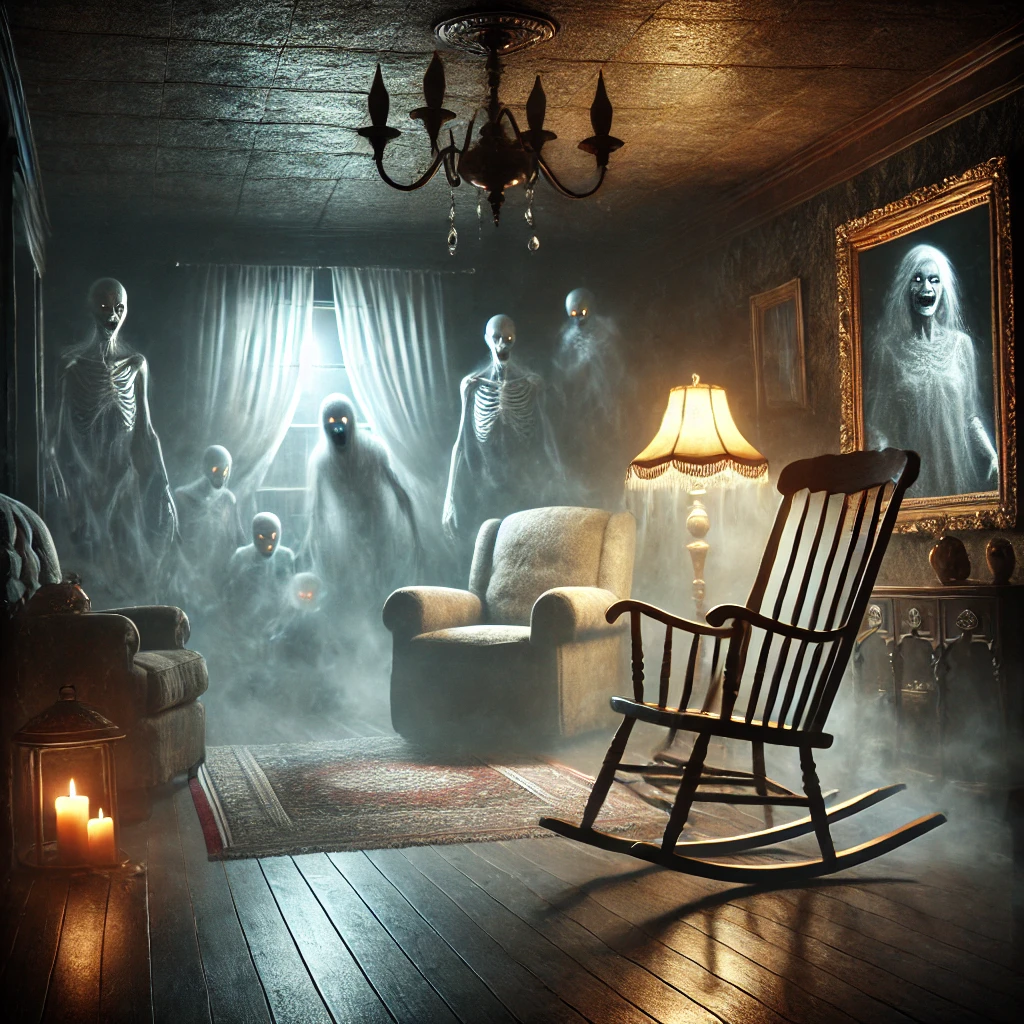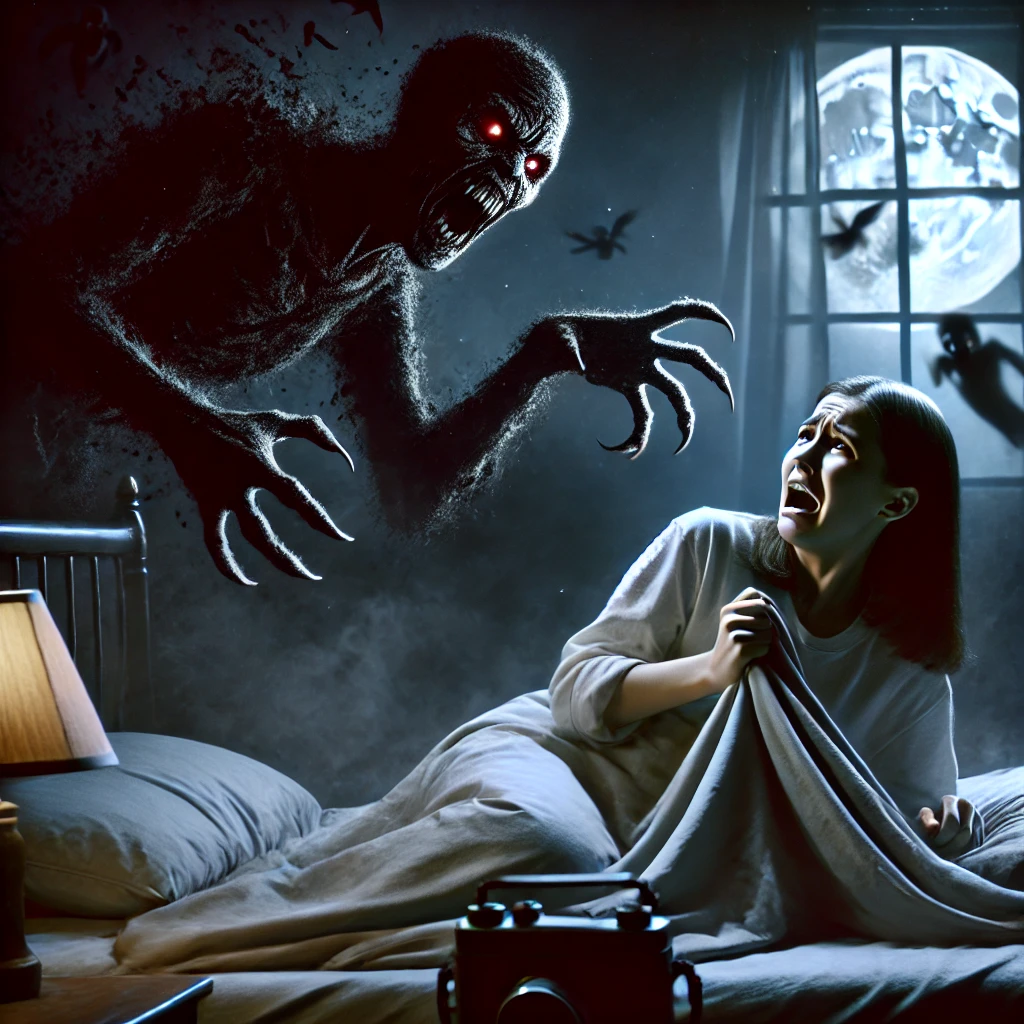Discover the origins and mysteries of the Loch Ness Monster legend. Explore the famous sightings, folklore, and scientific investigations behind Scotland’s most enduring cryptid.
What is the Loch Ness Monster Legend?
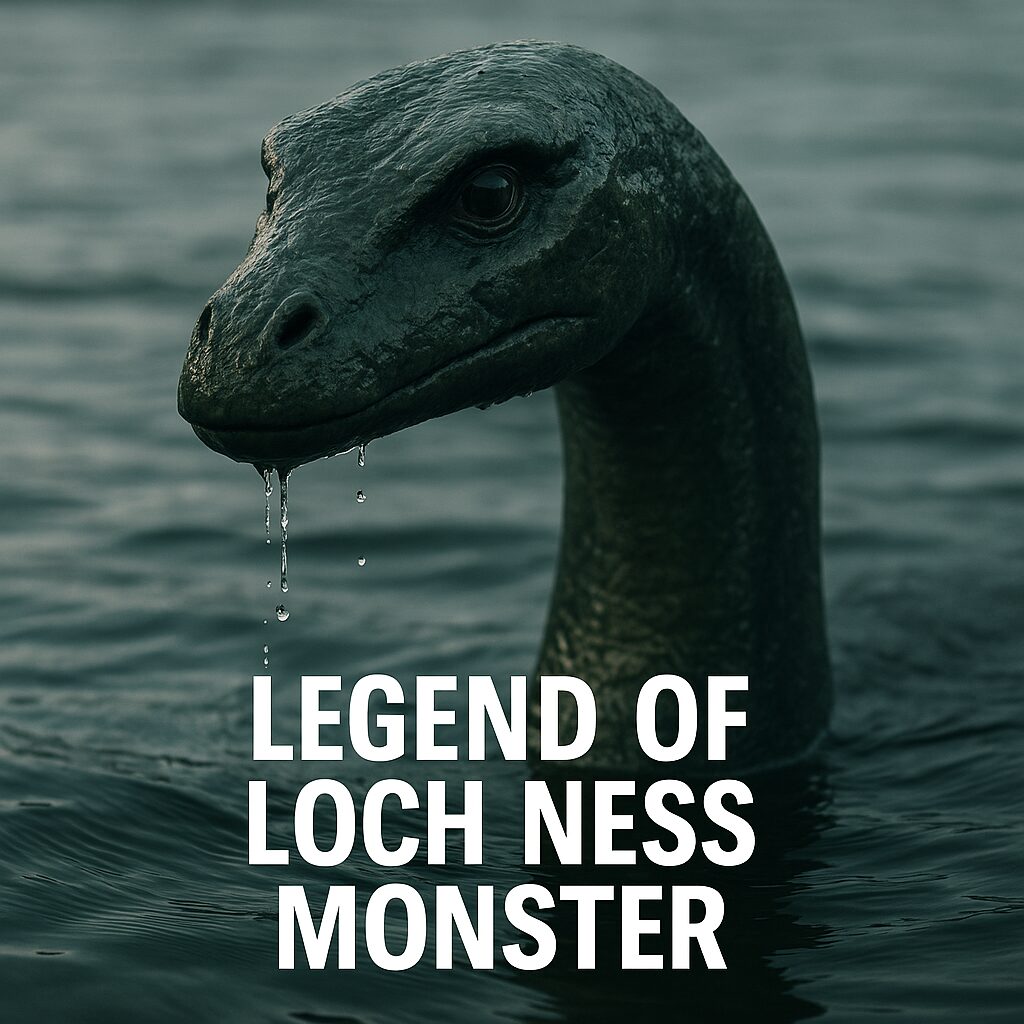
Introduction to the Legend
The Loch Ness Monster, often called Nessie, is one of the most famous cryptid legends in the world. The story comes from Scotland and centers on the deep, dark waters of Loch Ness.
For generations, people have claimed to see a large, mysterious creature moving through the lake. Some describe it as a long-necked sea serpent. Others say it looks like a prehistoric dinosaur.
The Loch Ness Monster legend blends folklore, mystery, and eyewitness reports. It is more than a local tale. It has become a global symbol of the unknown and unexplained.
Early Origins of Nessie
The first stories about strange creatures in Loch Ness appear in ancient Scottish folklore. As early as the 6th century, tales spoke of water beasts in the region.
These stories mixed myth, fear, and spiritual warnings. Locals often believed the lake was home to supernatural beings.
Later, in the 1930s, modern sightings began to capture worldwide attention.
A famous photograph, often called “The Surgeon’s Photo,” showed what many thought was the head and neck of the Loch Ness Monster.
Although it was later exposed as a hoax, it cemented Nessie in public imagination.
Famous Sightings and Reports
Since the 20th century, hundreds of people have reported sightings of Nessie. Tourists, locals, and even researchers have described unusual movements on the lake’s surface.
Many accounts mention humps rising from the water. Others describe shadows under the waves or a creature moving quickly across the loch.
These sightings fueled global curiosity. News outlets, books, and documentaries helped turn the Loch Ness Monster into a cultural icon.
Nessie is now tied to Scottish identity and folklore, standing alongside myths of selkies, kelpies, and other legendary creatures.
Scientific Investigations
Scientists and researchers have also tried to solve the mystery.
Sonar scans, underwater photography, and DNA sampling of the water have all been used to search for Nessie.
While no solid evidence of a large creature has been found, the lack of proof has not ended the legend.
Skeptics suggest that sightings are misidentifications of floating logs, waves, or large fish.
Others argue it could be a surviving species from prehistoric times. The uncertainty keeps the legend alive.
Why the Legend Endures
The Loch Ness Monster legend continues because it speaks to human imagination.
It represents curiosity about the natural world and what may lie hidden beneath the surface.
The story also fuels tourism, as thousands travel to Loch Ness each year hoping to catch a glimpse of the monster.
Whether Nessie is real or not, the legend blends history, folklore, and modern mystery. It invites people to believe that not all of Earth’s secrets have been uncovered.
Final Thoughts
The Loch Ness Monster is more than a myth. It is a legend that has grown through centuries of storytelling, eyewitness accounts, and cultural fascination.
Nessie stands as a reminder of the power of mystery.
It keeps people searching, hoping, and wondering about what might dwell in the unexplored depths of Loch Ness.
Uncovering the Secrets of the Loch Ness Monster Legend.
Unlock the Mystery of the Loch Ness Monster
Photos of the Loch Ness Monster Legend
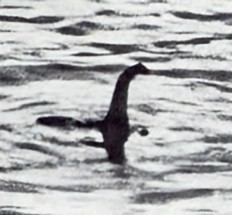
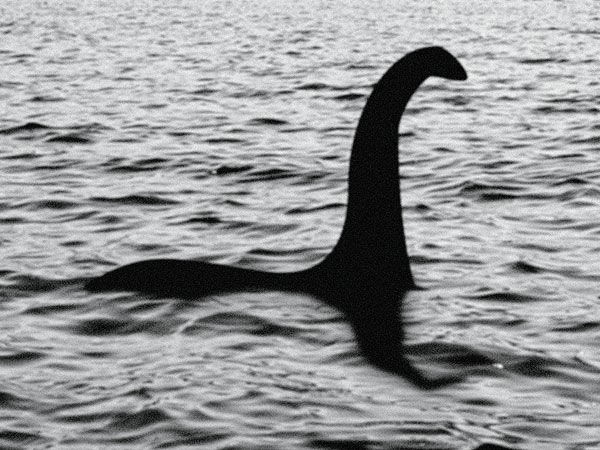
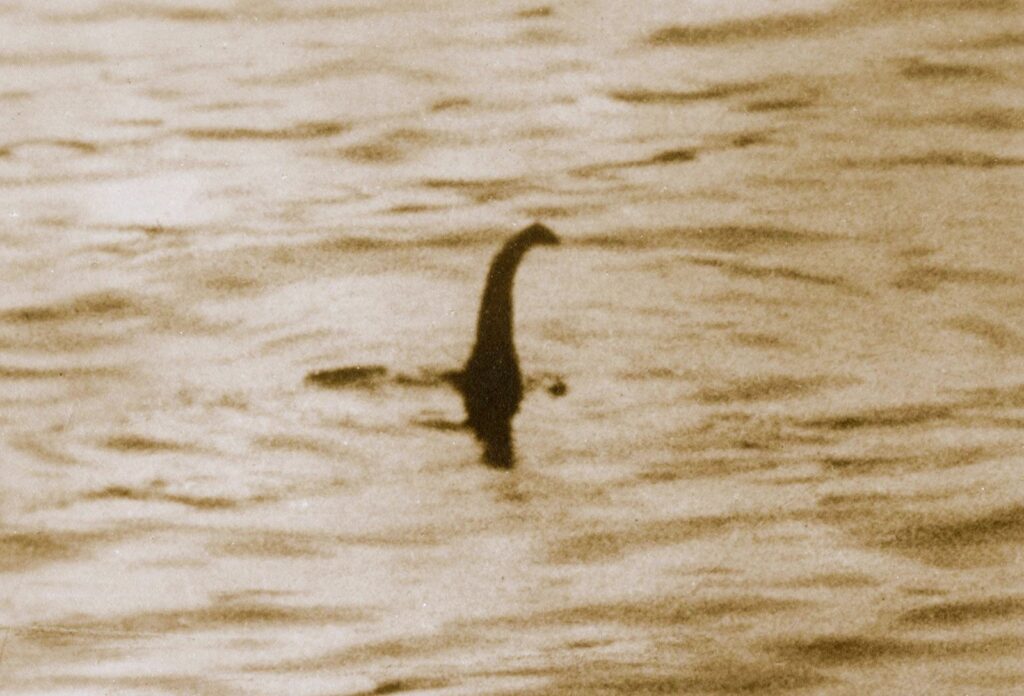
About Paraghosts.com
Paraghosts.com is your trusted source for everything related to ghosts, hauntings, and unexplained mysteries.
We explore the legends, investigate the evidence, and share the tools and knowledge you need to better understand the paranormal world.
Whether you are a curious reader or an experienced investigator, you will find valuable resources and insights waiting for you.
- How to Record EVP on the Jürgenson Frequency - December 28, 2025
- How to Tell if a House is Haunted or Just Old? - December 26, 2025
- How to Tell if an EVP is a Real Voice or Audio Pareidolia - December 19, 2025

